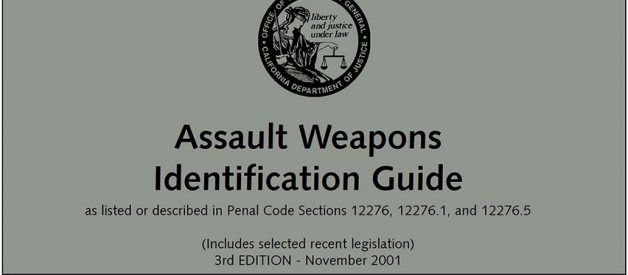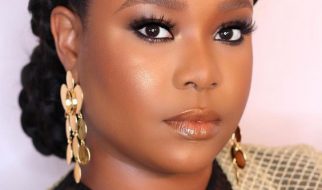First off, please excuse this blogging platform and/or advertising and related stories at the bottom. This is an experiment and a quick way to create this page to answer your question. WORK IN PROGRESS
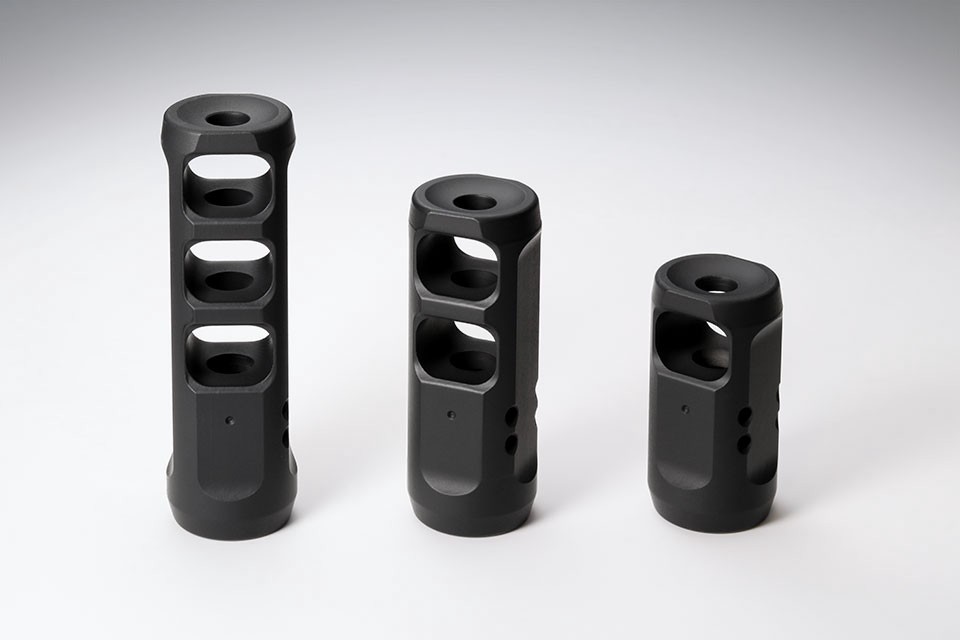 Sparrow Dynamics muzzle brakes come in 3 sizes and 2 colors.
Sparrow Dynamics muzzle brakes come in 3 sizes and 2 colors.
This will be a lot of information below, but our goal is to educate gun owners so they can make the best informed decisions for themselves.
On a featureless rifle you can not use any muzzle device that perceptibly reduces flash or redirects it away from the shooters field of vision. It must also not advertise any flash hiding capability (more on that later). So, that limits you to thread protectors, some muzzle brakes, and some linear compensators. Our muzzle brake does not reduce flash. It actually redirects some blast upward (into the shooters field of vision) to reduce muzzle rise (see the 4 small ports on top). So, we fully believe this is compliant on a featureless rifle in California. Next, we crawl though the weeds with some legal information.
Be aware that the California DOJ definition for a flash hider is not as straightforward as the definition for a pistol grip is. It is important that you carefully read the definition though so you understand what it says?
Definition per State of California?s ?Assault Weapons Identification Guide?, 3rd Edition, November 2001, page 80: ?Flash suppressor ? Any device designed, intended, or that functions to perceptibly reduce or redirect muzzle flash from the shooter?s field of vision.?
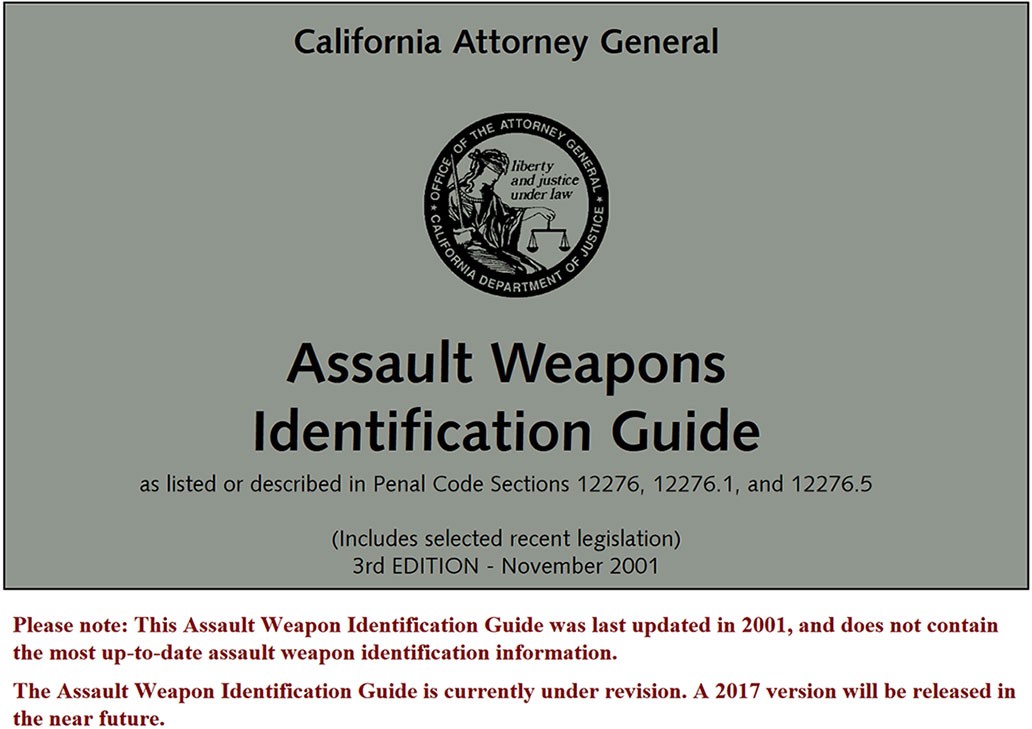
Side note: the DOJ was supposed to update the Assault Weapons Identification Guide in 2017 after SB-880 passed (which banned bullet buttons), but they still have not years later. The link to that document is here? https://oag.ca.gov/sites/all/files/agweb/pdfs/firearms/forms/awguide.pdf
Now to learn a bit more about how they ended up with this definition and why many believe muzzle brakes and compensators are excluded (as long as they don?t reduce/redirect flash or advertised to reduce flash), we need to read the SB-23 FSOR (Final Statement Of Reasons). Or just skip down below the FSOR quote if you don?t like reading. The text is quoted below, but the link to the full document is here? https://oag.ca.gov/sites/all/files/agweb/pdfs/firearms/regs/fsor.pdf
978.20 (b) ? Flash Suppressor This term was originally defined as ?any device that reduces or conceals the visible light or flash created when a firearm is fired. This definition includes flash hiders, but does not include compensators and muzzle brakes (devices attached to or integral with the muzzle barrel to utilize propelling gasses for counter-recoil).? There were two primary problems with the definition when it was originally noticed to the public (December 31, 1999 through February 28, 2000). The most significant problem with the original definition was that it included and/or excluded particular devices by name (flash hider, muzzle brake, compensator) without consideration of whether the devices actually suppress flash. After further consideration prompted by public comments, the Department concluded that the absence of statutorily defined specific measurement standards or a statutory requirement to establish those standards demonstrates a legislative intent to identify any device that reduces or redirects flash from the shooter?s field of vision as a flash suppressor regardless of its name and intended/additional purpose. Thus, ?flash hiders? are flash suppressors only if they reduce or redirect flash from the shooter?s field of vision. Conversely, ?compensators? and ?muzzle brakes? are not flash suppressors only if they do not reduce or redirect flash from the shooter?s field of vision. The revised definition is clearly consistent with the legislative intent of the statute as it neither includes nor excludes any particular device on the basis of its name only. Additionally, ?conceals? in the original definition presented the possibility of an overly broad interpretation which could have included any device positioned between the shooter?s eye and the muzzle flash, such as the sights on a gun. To avoid such unintended interpretation, the word ?conceals? was replaced with ?redirects.? Accordingly, the original definition was changed to: ?flash suppressor means any device that reduces or redirects muzzle flash from the shooter?s field of vision.? This revised definition was noticed to the public during the first 15-day comment period (May 10 through May 30, 2000). Comments addressing this version of the definition prompted further reconsideration and revision. As such, the definition was revised a second time by replacing ? . . . that reduces or redirects muzzle flash . . . ? with ? . . . designed, intended, or that functions to reduce or redirect muzzle flash . . . ? This change was necessary because it became clear that flash suppressors are typically attached by twisting or screwing the device onto the threaded barrel of a firearm. Therefore, by simply making a half turn (180 degrees), an otherwise fully operational flash suppressor would not function as prescribed in the prior definition. The revised definition eliminates this potential loophole. Accordingly, this final revision ?flash suppressor means any device designed, intended, or that functions to reduce or redirect muzzle flash from the shooter?s field of vision,? was noticed during the second 15-day comment period (July 12 through July 31, 2000). Although additional comments were received, no comments were received during the second 15-day comment period that resulted in substantial revision to the definition. However, the Department made a non-substantial revision by adding ?perceptibly? to the phrase ?reduce or redirect? to confirm that if a reduction or redirection of flash is so minuscule that it is imperceptible to the human eye, it could not reasonably be considered a reduction.
There are a few ways to identify muzzle brakes and flash suppressors. But before we look at that, please understand that redirecting gasses, and redirecting flash are two very different things. All of this has to do with unburned gun powder in the propellant gasses and the mix of oxygen in the air near the muzzle device as the bullet exits the muzzle device. Different designs of muzzle devices disperse those gasses in a way that either ignite the unburned gunpowder or mitigate/disperse that ignition. A flash hider is designed to disperse gases in a way that reduces the fireball effect. Muzzle brakes do in fact redirect gasses, but there is still a very big flash because of the different geometry. Some have some port holes in the top that force some gasses upward to reduce muzzle rise? and because of the small bullet exit hole, some flash is forced out those top ports (into the shooters field of vision).
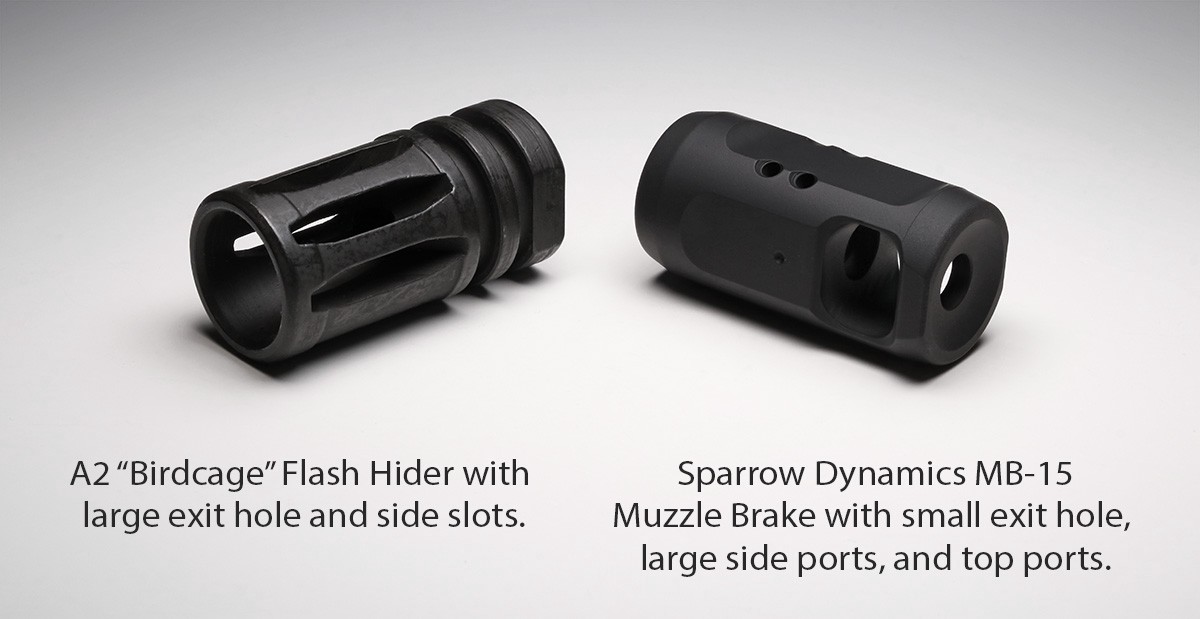 Flash Suppressor vs. Muzzle Brake
Flash Suppressor vs. Muzzle Brake
Flash hiders/suppressors typically have a large exit hole and tines or linear lines cut into the sides, sometimes many small holes drilled into the sides with a large exit hole. Muzzle brakes that do not hide flash will have large side ports and a small bullet sized exit hole and with no tines on the front to disperse blast (some of those with short tines may be questionable). Ones that are ?safer? on a featureless rifle in CA will also have some small ports on top. These small ports on top help reduce muzzle rise when fired, but also push some blast upward into the shooters field of vision, thus making it less likely to be considered a flash suppressor by definition.
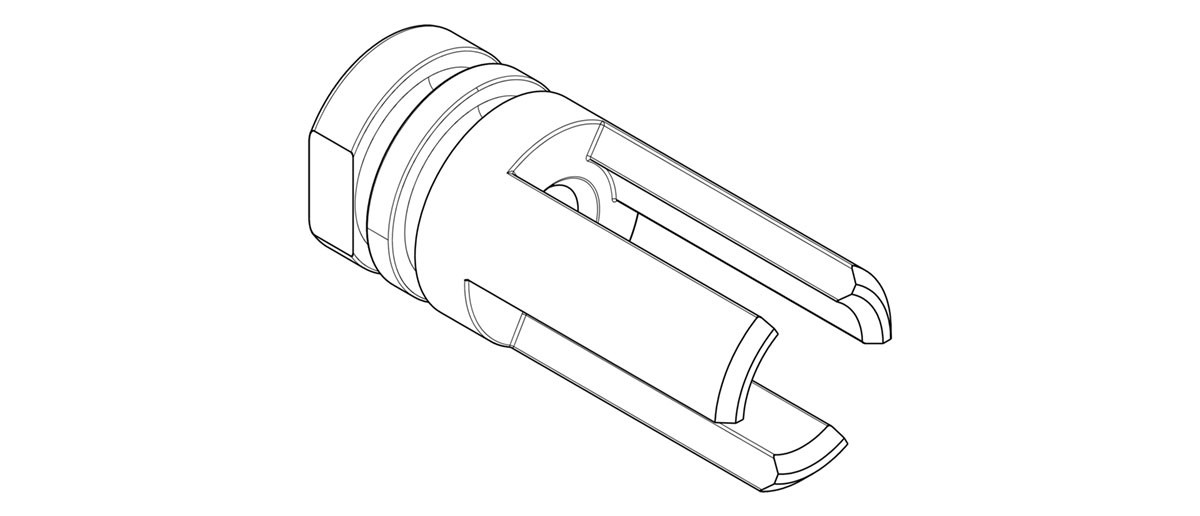 Flash hider with tines and large exit hole.
Flash hider with tines and large exit hole.
So far we have only mentioned aspects of function. BUT, notice that there were three statements in the California DOJ definition, and two of them had nothing to do with function. ?Any device designed, intended, or that functions to?..?. So, if a manufacturer designs a muzzle device to be a flash hider, and it is not one (or it is a very ineffective one) it is still a flash hider according to that DOJ definition. OR, if a manufacturer or dealer markets it as a flash hider (that means they intended it to be one), and even though it may not function as one, it is still a flash hider according to the DOJ definition. The marketing part of this sometimes confuses people, but just know that if a manufacturer markets a muzzle brake as a flash hider, it is considered a flash hider in California even if it doesn?t function as one.
We will say, that IF you are ultra conservative on these unconstitutional California laws, then a barrel thread protector is best for you and can never be defined as having flash hiding capabilities. It looks great, it protects the crown and barrel threads, it is compliant, and it very clearly shows compliance. We have those available as well. They do not help mitigate recoil or muzzle rise, but 5.56/.223 doesn?t recoil much anyway. The choice is yours.
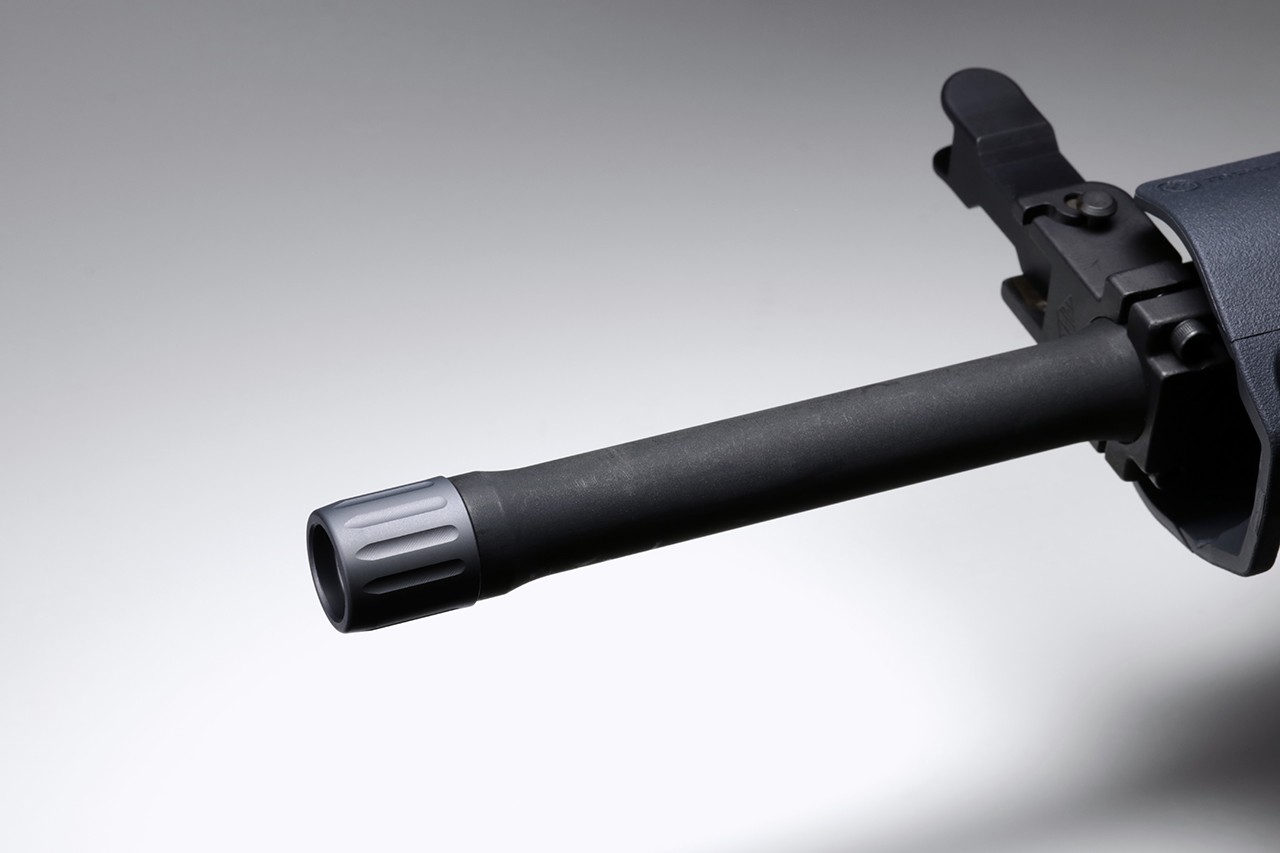 Sparrow Dynamics barrel thread protector comes in different colors.
Sparrow Dynamics barrel thread protector comes in different colors.
That was a ton of info, but we really want to inform and educate gun owners. We hope that helps!
